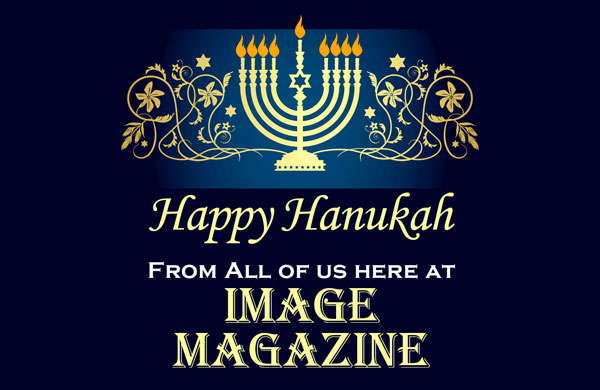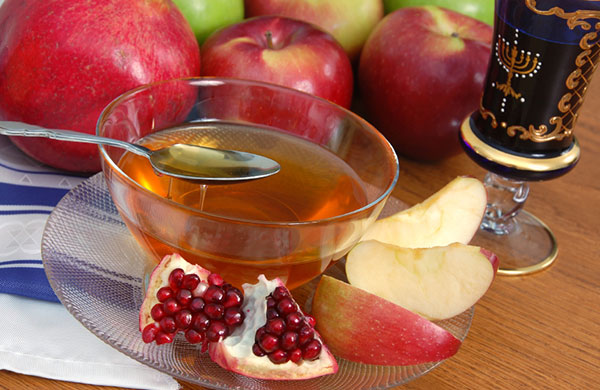 For an American Jew, one of the real pleasures of living in Israel for an extended time is the opportunity to experience a society where the rhythms of the week and the year are Jewish. The first time you plan a trip around your Sukkot vacation, or rush to finish your Friday grocery shopping before the store closes for Shabbat, you sense how the rhythms of Jewish life, so challenging to maintain here, are simply taken for granted in Israel.
For an American Jew, one of the real pleasures of living in Israel for an extended time is the opportunity to experience a society where the rhythms of the week and the year are Jewish. The first time you plan a trip around your Sukkot vacation, or rush to finish your Friday grocery shopping before the store closes for Shabbat, you sense how the rhythms of Jewish life, so challenging to maintain here, are simply taken for granted in Israel.
One of the most memorable periods in Israeli life is the two-day sequence of Yom Hazikaron, the nation’s Memorial Day for Fallen Soldiers, and Yom Ha’atzmaut, Israel’s Independence Day. The power of these two days, and the transition between them, is extraordinary.
Yom Hazikaron is a solemn day of mourning. In a country with a citizen army and a history of fighting wars in every generation for its right to exist, it is a rare family that has not been touched in some way by war and its terrible price. Television and radio programming for the day takes on a somber cast—one TV channel is devoted to nothing more than a procession of the names of all those fallen. The most arresting moment of all is the sounding of the air raid siren across the country, at 8 am and again at 11 the following morning. As the wail arises, all motion stops. Pedestrians stand at attention, cars pull over and their drivers get out of their cars. Buses stop as if the siren were a roadblock and their passengers rise in remembrance.
The transition at sundown from Yom Hazikaron to Yom Ha’atzmaut is, by contrast, subdued, but the emotional transition is profound: from expressive mourning to equally demonstrative celebration.
In 1998, I spent Israel’s 50th Independence Day in Jerusalem. Downtown, tens of thousands of people filled the streets, dancing to bands playing everything from salsa music to Hasidic rock-and-roll to big-band swing. There were fireworks, teenagers chasing each other through the crowd with Silly String and foam hammers, and all-night folk dancing outside the municipal complex at Kikar Safra.
Late into that night, and the next morning at a minyan at the Western Wall, I savored my feeling of awe. After 2,000 years of exile, Jews were living in a free Jewish society and speaking Hebrew not just to pray but to buy toothpaste and talk to bus drivers as well. I found myself deeply grateful to be alive at a time when this was possible.
Our history, like our lives, can be understood only as an unbroken whole, the sorrow and the national vision inextricably linked.
The Israeli national anthem, Hatikvah, declares: Od lo avda tikvateinu…(yet our hope is not lost/ our hope of 2,000 years/to be a free people in our land.) May that hope continue to live and may the Jewish people continue to have the extraordinary privilege to struggle with the moral and existential choices that national independence presents— as Israel continues into its second 50 years of life.
____________
Rabbi Fessler is the rabbi of Congregation B’nei Tikva in New Jersey. This article originally appeared in the NJ Jewish Community Voice.


